Hi Aquatic Sentinels!🐬
Once again, I bring you content that I consider to be of quality, this takes several hours of reading, comprehension and writing.💡📚
But more than that, this is one more publication so that together we can appreciate and contemplate how wonderful our ocean is!
🦈🦀🐢🐳🐙 I hope you enjoy it!🐟🦈🦀🐢🐳

Photo by Baezadany
📍Acuario Inbursa, México
Jellyfish are known for their toxicity. Surely, if you see a jellyfish in the sea, you'll want to quickly get away from it, and in reality that is fine, although it is not the case of all the fact that they are highly stinging. That is the intention of sharing an identification guide, and that through photos, we can know what type of jellyfish we're facing😨
An identification guide published in Digital CSIC in 2021 by Marambio, M. and collaborators. Instituto de Ciencia del Mar

The first impression😯

One of the things that most caught my attention in this guide is that they promote a citizen contact project called "Sea Observers" where through photos of the sightings, it is possible to alert more people about the possible presence of these organisms to some specific place. In addition to this guide, it also contains taxonomic classification, information on jellyfish life cycles, and endangerment.
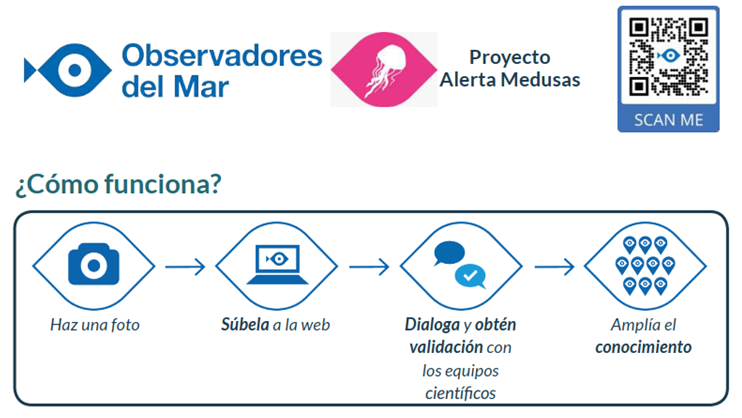
The design of this guide deserves our applause, in addition to all the above, it brings an immediate action protocol in case of jellyfish sting!

Let's start learning and looking at jellyfish...
Scientific name: Pelagia noctiluca
Common name: Luminescent jellyfish or carnation
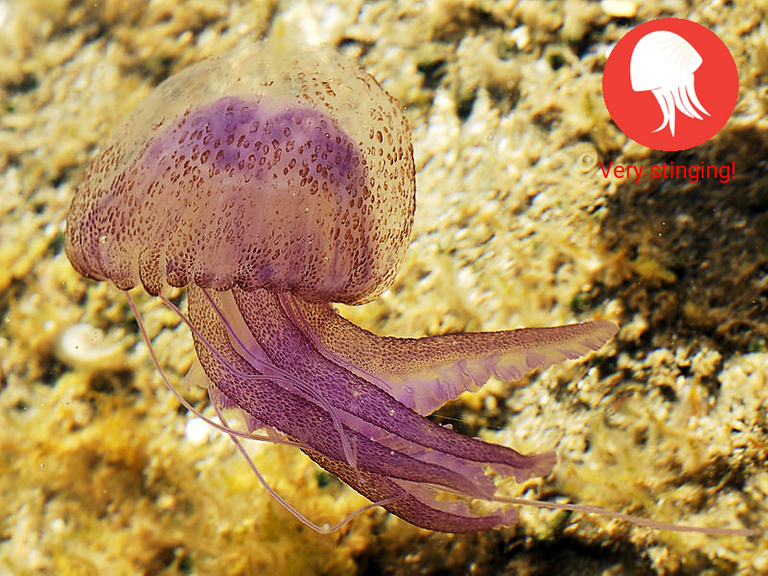
Photo by: Hans Hillewaert
📍South coast of Sardinia, Italy
Reddish pink color. Juveniles can be light to dark brown in color. Umbrella diameter can reach up to xx cm.
The umbrella is hemispherical with 4 oral arms and 8 marginal tentacles (extended up to 2 m in length). The surface of the umbrella is covered with brown warts. It is a bioluminescent species, that is, if you see it at night you will see it glow.
Danger: Very stinging❗️☠️
In case of a sting, follow the protocol recommendations:

- Remove the remains of tentacles and / or jellyfish fragments
- Wash with sea water
- Apply dry ice for 15 '(in periods of 3' +2 'rest)
- If the pain persists, consult a doctor or health professional

Scientific name: Rhizostoma pulmo
Common name: Acalefo azul
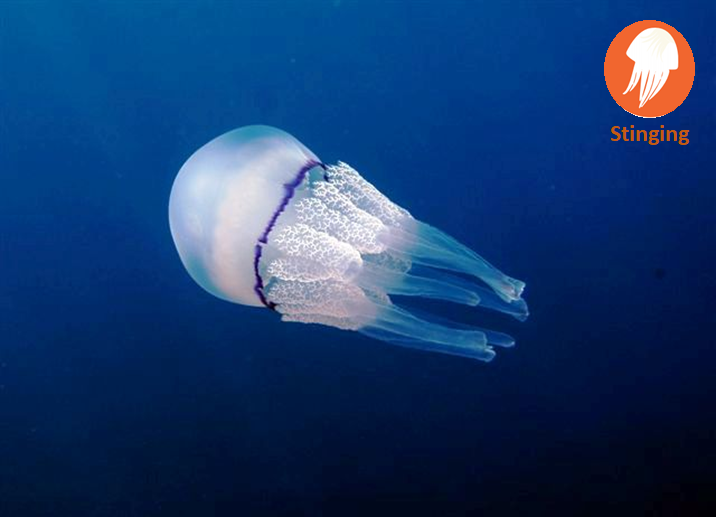
Photo by: Dario Romero
📍Area Marina Protetta Capo Gallo, Palermo
Umbrella diameter can reach up to 40 cm. The umbrela is flared, bluish-white in color and with a purple rim. It does not have marginal tentacles but it does have 8 thick bluish-white oral arms, merged and without ramifications. It is one of the largest jellyfish on the Spanish Mediterranean coast.
Small jellyfish are visible during spring and larger adults are more evident during summer and early fall on the Spanish Mediterranean coast. It is a coastal species, which is distributed throughout the water column. They are usually accompanied by crabs and juvenile fish that use it as a refuge.
Danger: Stinging❗️😫

Scientific name: Rhizostoma luteum
(has no common name)
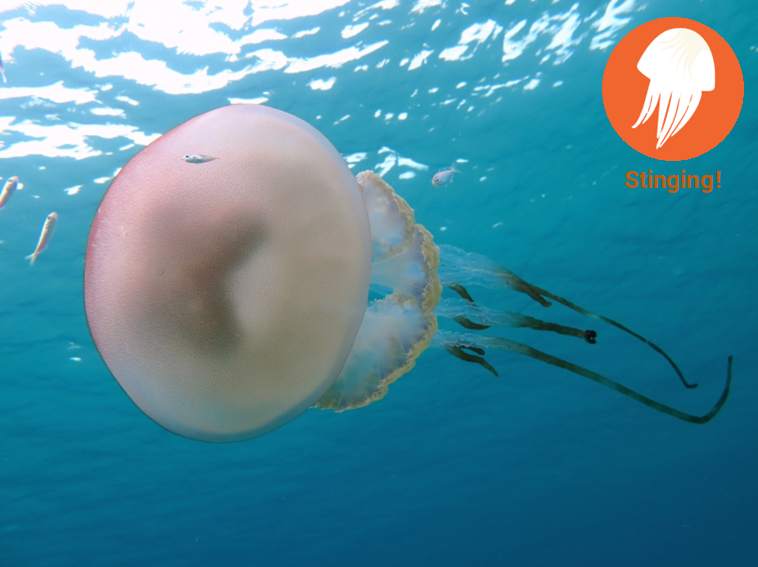
Photo by: Pillon, Roberto
📍Formentera, Spain
Bluish-white bell-shaped umbrella measuring up to 70 cm in diameter, lacking the characteristic violet rim of the R. pulmo species. Without marginal tentacles and with 8 oral arms of gray-black coloration in the distal part, which can measure up to 2 m in length.
It can be observed alone or in swarms. It was described for the first time in 1827 in the Mediterranean, and from 2012 it began to be observed more frequently.
Danger: Stinging❗️😫

Scientific name: Cotylorhiza tuberculata
Common Name: Fried Egg Jellyfish
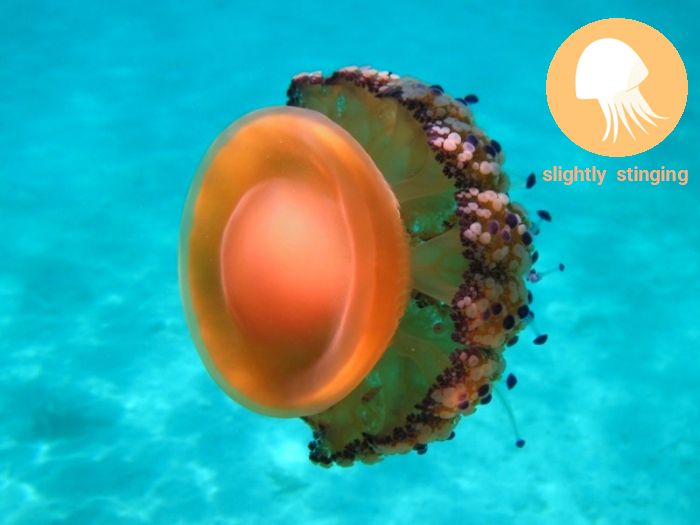
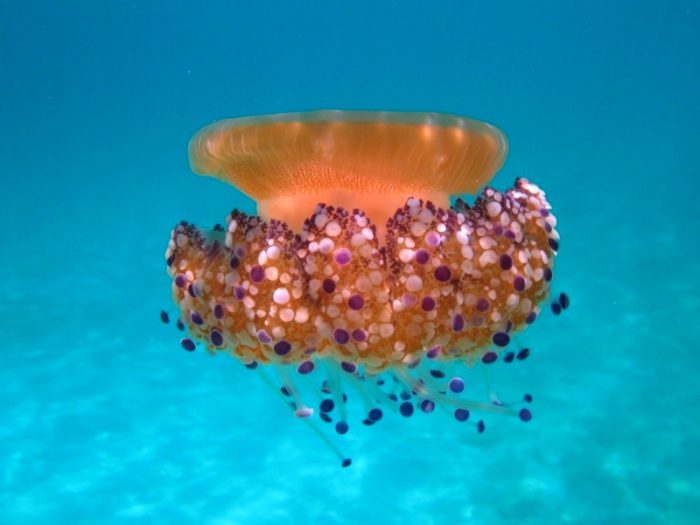
Photo by: Pillon, Roberto
📍Sardegna, Italy
Umbrella diameter can reach 35 cm. The umbrella is flattened in shape, yellowish-brown, and has a large, darker orange central bulge. It does not have marginal tentacles but it does have 8 oral arms with 3 white or blue button-shaped appendages at the end. It is a coastal species, endemic to the Mediterranean and with a preference for warmer waters. Adults are most abundant in late summer and early fall on the Spanish Mediterranean coast. They are usually accompanied by juvenile fish that use it as a refuge.
Danger: slightly stinging😅

Scientific name: Physalia physalis😰
Common name: Portuguese caravel

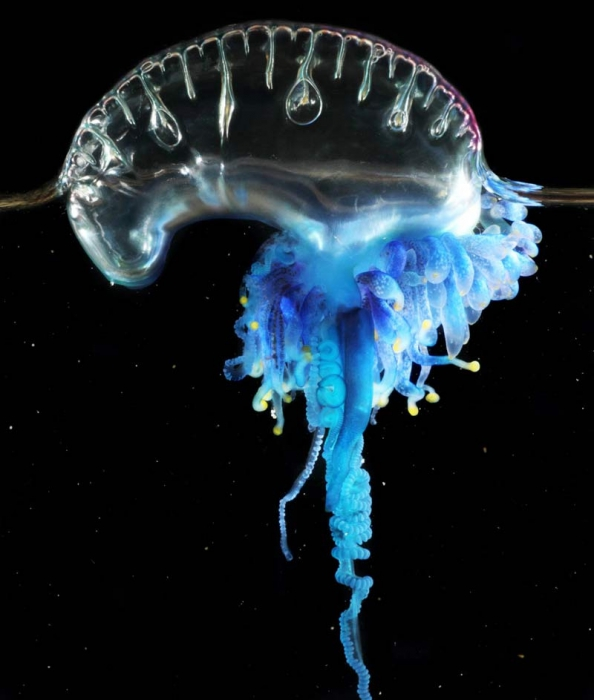
Photos by: Riek, Denis
📍Brunswick River, New South Wales, Australia
It is a colonial organism of the order of the siphonophores. It is composed of a translucent, violet, gas-filled chamber topped by a candle. The floating part can reach up to 30 cm long and 10 cm wide. The submerged part is made up of long, thin blue tentacles that can be up to 20 m long when extended. It is native to the Atlantic Ocean but occasionally (in spring) it can be seen in some areas of the Mediterranean.
Danger: Very stinging❗️☠️
In case of a sting, follow the protocol recommendations:

- Remove the remains of tentacles and / or jellyfish fragments
- Wash with sea water
- Apply Hot packs or immersion in hot water (40º or 45º) for 15.
- If the pain persists, consult a doctor or health professional.

Scientific name: Chrysaora hysoscella
Common name: Radiant acaleph or compass jellyfish

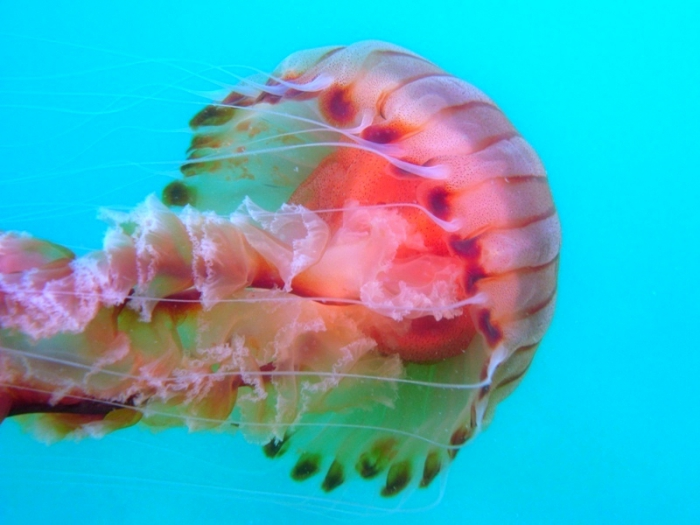
Photos by: Pillon, Roberto
📍BTrieste, Italy
Umbrella diameter can measure up to 30 cm.
The umbrela is hemispherical and flattened, yellowish-white, with 16 brown V-shaped bands on the surface. It has 4 long oral arms up to 1 m in length and 24 long and thin marginal tentacles.
It can be quite abundant in some areas of the Spanish Mediterranean although it rarely forms swarms. It is normally present during the spring. They are usually accompanied by juvenile fish.
Danger: Very stinging❗️☠️
In case of a sting, follow the protocol recommendations:

- Remove the remains of tentacles and / or jellyfish fragments
- Wash with sea water
- Apply dry ice for 15 '(in periods of 3' +2 'rest)
- If the pain persists, consult a doctor or health professional
These are some examples of the species that we could find while swimming in the sea, but there are many many more. Perhaps, later, I can continue to report on other species as well as other gelatinous organisms that are not jellyfish and that we often confuse.

👉Join the Aquatic Sentinels!🐋
This project is dedicated to the preservation of our sea, our rivers and lakes, our lagoons. Let's make it possible! Let's share scientific and quality information for the good of our aquatic world!

🐟🐋Welcome!🐬🐙

DNA - Densifying Nature-Appreciation :

DNA is an organization to foster and DENSIFY NATURE-APPRECIATION which aims to establish REPORTS OF BIODIVERSITY DATA that is contributed by all of us Hiveans and subsequently cataloged.

DNA animation GIF by @Suheri
Therefore DNA searches for HIGH-QUALITY posts that aim to DESCRIBE and determine the BIODIVERSITY AROUND YOU with added EXPLANATIONS and INFORMATION. For these informative posts they offer a CURATION SERVICE using the @dna.org account. It is also a CURATION TRAIL. Just add the #dna TAG if you think that any of your posts is what they are looking for.

Aquatic Sentinels animation GIF by @juanbg
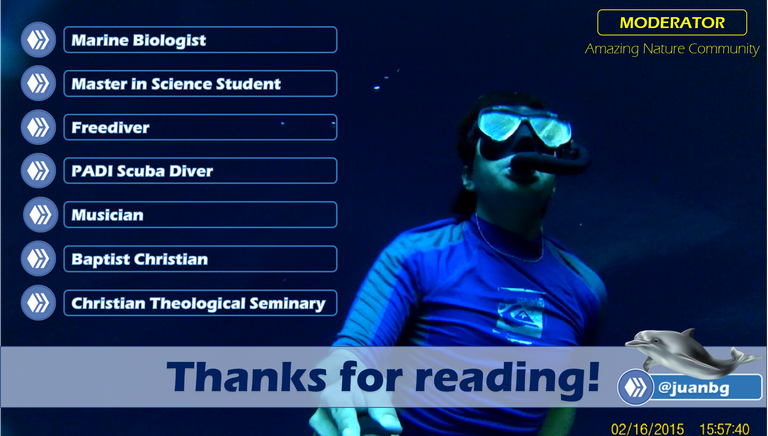
@juanbg: Leader of the Aquatic Sentinels Community
Wow, awesome post .. jelly fish are such interesting beings of mother nature and so mystical for me since they are so different than any other creations of mother nature .. you showed some really cool specimen here that look really fascinating .. the Fried Egg Jellyfish and the Portuguese Caravel look really amazing.. I love these a lot ^^
Creo que publicare un post en la comunidad acuática ayer visite un museo acúatico! Cuenta con mi participacion, las medusas son fantasticas y son grandes cazadoras, también lei hace tiempo que duermen, gram post!!
Congratulations @juanbg! You have completed the following achievement on the Hive blockchain and have been rewarded with new badge(s) :
Your next target is to reach 24000 upvotes.
You can view your badges on your board and compare yourself to others in the Ranking
If you no longer want to receive notifications, reply to this comment with the word
STOP